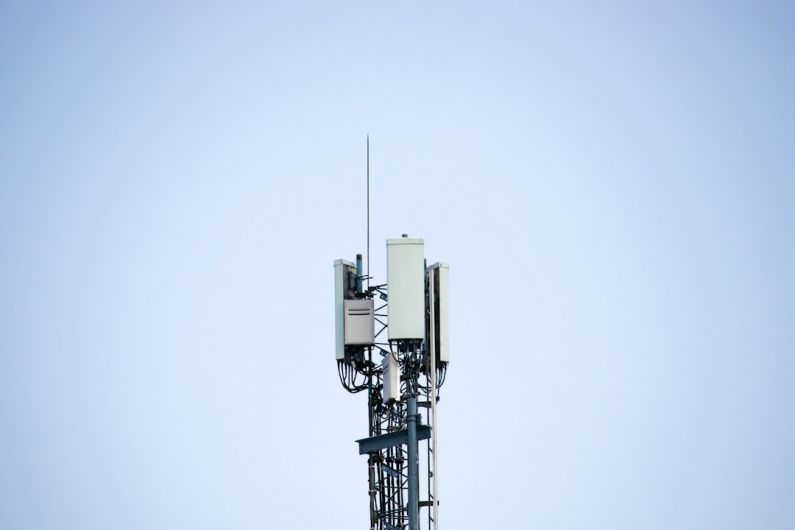What Are the Challenges of Rolling out 5g Networks?

The Challenges of Rolling out 5G Networks
The anticipation surrounding the arrival of 5G networks has been palpable, with promises of lightning-fast internet speeds, seamless connectivity, and revolutionary advancements in technology. However, the deployment of this next-generation network comes with its fair share of challenges that need to be addressed for a successful rollout.
The Need for Infrastructure Upgrades
One of the primary challenges in rolling out 5G networks is the need for significant infrastructure upgrades. Unlike its predecessors, 5G technology requires a denser network of small cells to provide the high speeds and low latency it promises. This means that telecommunication companies need to invest in installing new infrastructure and upgrading existing ones to support the increased network density required for 5G. The cost and time involved in this process can be substantial, making it a significant hurdle for widespread adoption.
Spectrum Allocation and Interference
Another obstacle in the path of 5G deployment is the allocation of spectrum. 5G networks operate on higher frequencies than previous generations, which offer increased bandwidth but have shorter range and can be more easily obstructed. Securing the necessary spectrum for 5G deployment is crucial, but it can be a complex process involving negotiations with regulatory bodies and other stakeholders. Additionally, the higher frequencies used by 5G can be susceptible to interference from various sources, including weather conditions and physical obstacles, which can impact network performance and reliability.
Compatibility and Integration
Ensuring compatibility and integration with existing infrastructure is another challenge in rolling out 5G networks. Many current devices and systems may not be designed to support 5G technology, requiring upgrades or replacements to take full advantage of the new network capabilities. Additionally, integrating 5G networks with existing 4G infrastructure to provide seamless connectivity and coverage presents technical challenges that need to be addressed to ensure a smooth transition to the new network standard.
Security and Privacy Concerns
With the increased connectivity and data transfer speeds offered by 5G networks, security and privacy concerns become more critical than ever. The vast amount of data transmitted over 5G networks, including sensitive personal information and critical infrastructure data, makes them a target for cyberattacks and unauthorized access. Ensuring the security of 5G networks requires robust encryption, authentication protocols, and cybersecurity measures to protect data and prevent potential breaches. Addressing these security and privacy concerns is essential for building trust in 5G technology and encouraging widespread adoption.
Regulatory and Legal Challenges
Navigating the regulatory landscape is another significant challenge in rolling out 5G networks. Telecommunication companies must comply with various regulations governing spectrum allocation, infrastructure deployment, and data privacy to ensure a smooth and legal rollout of 5G technology. The complex nature of telecommunications regulations can vary by region and country, adding an additional layer of complexity to the deployment process. Resolving regulatory and legal challenges is crucial for accelerating the adoption of 5G networks and reaping the benefits they offer.
Conclusion: Overcoming the Hurdles to 5G Deployment
Rolling out 5G networks presents a myriad of challenges that need to be addressed to realize the full potential of this transformative technology. From infrastructure upgrades and spectrum allocation to security concerns and regulatory hurdles, telecommunication companies face a complex landscape in deploying 5G networks. By tackling these challenges head-on and working collaboratively with stakeholders, the telecommunications industry can overcome these obstacles and pave the way for a future powered by the lightning-fast speeds and unparalleled connectivity of 5G technology.